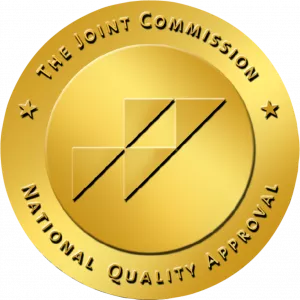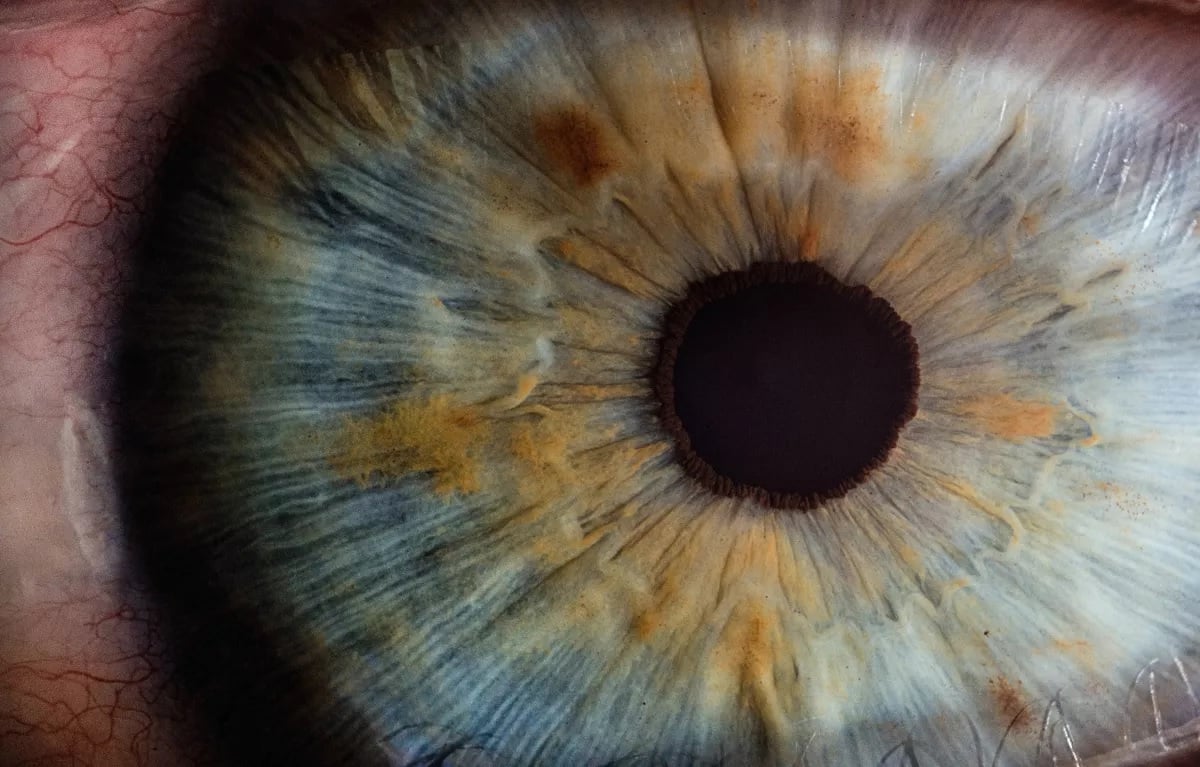Substance abuse has a profound effect on one’s life, affecting one’s mental, emotional, psychological, and physical well-being. There are many physical symptoms associated with substance abuse, including changes in hair, skin, and dental health. Substance abuse can also drastically affect vision and eye health, with different drugs causing slightly different effects on the eyes.
Avenues Recovery, leaders in addiction rehabilitation, take a close look at the risks to one's eyes when on drugs.
Long and Short-Term Effects of Drugs on the Eyes
From bloodshot eyes and heavy eyelids to changes in pupil size and involuntary movement, drugs can wreak havoc on users’ eyes. Let’s explore drugs and pupil dilation, pinpoint pupils, discoloration, and the eye trouble that can accompany many of the common drugs used by addicts.
Cocaine Eyes
What does cocaine do to your eyes? Cocaine is a stimulant that encourages the brain to release endorphins in large amounts. As a result, when an individual uses cocaine, the pupils dilate. The enlarged pupils are also known as ‘coke eyes’ and are one of the most recognizable signs that a person is abusing cocaine.
When the pupils dilate, they become sensitive to sunlight. This is why many cocaine users wear sunglasses, even when it’s not sunny outside. Cocaine users often have bloodshot eyes due to sensitivity to cocaine vapors. There may also be irregular or unfocused eye movements until the effects of the drug wear off.
Some other effects of cocaine on the eyes include:
- Glaucoma - an eye disease that damages the optic nerve, often resulting in pressure on the eyes that can lead to blindness
- Keratitis - inflammation of the cornea
- Nystagmus - rapid, uncontrollable eye movements
- Jaundice - yellow-colored skin and eyes due to liver damage
Meth Eyes
Meth eye is a term used to describe how a person’s eyes look after they use meth (also known as methamphetamine). Abusing meth and pupils changing size go hand in hand. Eyes on meth usually feature dilated pupils, also known as mydriasis, and red or bloodshot coloring. Meth can also cause yellowing of the eyes because prolonged use may lead to liver damage, which causes jaundice. If you notice these symptoms in your loved one’s eyes, and they also exhibit other signs of meth use like euphoria, high energy, and paranoia, there may be a good chance they are using meth or a similar drug, like cocaine.
These symptoms are most visible soon after a person uses meth, and often disappear once the meth wears off. However, regular users of meth may have these symptoms all the time.
If a person continues to use meth their eyes could deteriorate further, and they may develop the following issues:
- Uncontrollable twitching of the eyes or eyelids
- Vision loss
- Night blindness
- Sensitivity to light
Another serious complication that can occur from meth use is retinal vein occlusion. This refers to a blood clot that blocks blood flow to the veins in the eyes and can result in partial or complete blindness if not treated in time.
Opioid Eyes
Opioids are a class of drugs that occur naturally in the poppy plant and provide pain relief, but are highly addictive. They include pain-relieving prescription medications like codeine, morphine, hydrocodone (Vicodin), oxycodone (OxyContin), fentanyl, and some illegal drugs such as heroin.
Opiate eyes and heroin eyes occur when the pupils constrict, almost to a pinpoint. Also known as miosis, constricted pupils often indicate opiate abuse and overdose.
The long-term use of opioids can cause more severe issues to the eyes, such as:- Sensitivity to light
- Pain
- Vision loss
Alcohol Pupils
Does alcohol dilate pupils? Yes, drinking alcohol can cause enlarged pupils, but at a slower rate than other substances, and can cause double or blurry vision. Alcohol also impairs a person’s contrast sensitivity, making it difficult to distinguish between shades and patterns. For example, if a person is driving under the influence of alcohol behind a gray car in the rain, they may have trouble seeing the car.
Other effects of alcohol on the eyes include:
- Increased chance of developing cataracts
- Increased risk of glaucoma and elevated eye pressure
- Increased risk of age-related macular degeneration
High Eyes
Though ‘high eyes’ can refer to changes in eye appearance by any drug, this term is usually used interchangeably with ‘marijuana eyes’. Marijuana impacts the blood vessels in the eyes causing a bloodshot appearance while an individual is under the influence of the drug. Whether someone is using weed recreationally or medicinally, red eyes are a common sign of cannabis use.
Eyes on Drugs Chart:
|
Constricted Pupils |
Dilated Pupils |
Bloodshot/Red Eyes |
Yellow Eyes |
|
Codeine Morphine Hydrocodone Oxycodone Fentanyl Heroin |
Cocaine Meth Alcohol Marijuana |
Cocaine Meth Alcohol Marijuana |
Cocaine Meth Alcohol Opioids |
We’ve Got Your Eyes Covered
There are many varied and harmful effects on your eyes on drugs, and some can be long-lasting or permanent. If you or a loved one are suffering from alcohol or drug abuse, Avenues Recovery is here to support you. With detox and treatment programs and multiple rehabilitation options, we can help you stop ruining your eyes on drugs. Contact Avenues Recovery for more information so you can confidently start on your journey toward sobriety.
Eyes on Drugs FAQs
What is Substance Abuse?
Substance abuse is defined as overindulgence or dependence on alcohol or drugs.
What Drugs Cause Pinpoint Pupils?
Narcotics, including heroin, fentanyl, hydrocodone, and morphine can cause pinpoint pupils. Constricted pupils and drugs are often linked and one of the signs of an opioid overdose is pinpoint pupils that don’t respond to light.
What Drugs Cause Dilated Pupils?
Stimulants and psychotropic substances commonly cause pupil dilation. Drugs that cause mydriasis include mescaline, alcohol, LSD, ecstasy, psilocybin, cannabis, narcotics, inhalants, amphetamines, hallucinogens, bath salts, SSRI antidepressants, and ketamine. These are ‘dilated pupil drugs’.
How Long Do Pupils Stay Dilated After Drugs?
For meth users and cocaine users, it can take four to six hours for the drug to wear off and for the pupils to return to their normal state. For alcohol users, it can take up to 24 hours for the alcohol to wear off and for the eyes to return to normal.
What Drugs Make Your Eyes Red?
Many substances can make your eyes red, including alcohol. The most common drugs that cause bloodshot eyes are cocaine, meth, marijuana, and MDMA (ecstasy).
What Drug Makes Your Eyes Yellow?
Some drugs can cause liver damage, leading to jaundice and yellowing of the eyes. The most common substances that can make your eyes yellow are cocaine, meth, heroin, and some prescription drugs.
Can Smoking Cigarettes Affect My Eyes?
Most people think that only drug abuse can ruin a person’s eyes, but even cigarette smoking can cause damage.
- Smoking can cause eye changes that could lead to blindness over time.
- Smokers are twice as likely to develop macular generation compared to non-smokers.
- They are two to three times more likely to develop cataracts than non-smokers.
What Steps Can I Take to Prevent Vision Loss Related to Smoking?
The first step to preventing vision loss related to smoking is to quit smoking.
Other steps to prevent vision loss include:
- Wear a rimmed hat and sunglasses to protect your eyes from sunlight
- Eat a diet rich in leafy green vegetables and fish
- Maintain normal cholesterol levels and blood pressure
- Exercise regularly




.png?width=150&height=100&name=Untitled%20design%20(54).png)
.png?width=150&height=100&name=Untitled%20design%20(55).png)
.png?width=150&height=100&name=Untitled%20design%20(56).png)
.png?width=150&height=100&name=Untitled%20design%20(57).png)